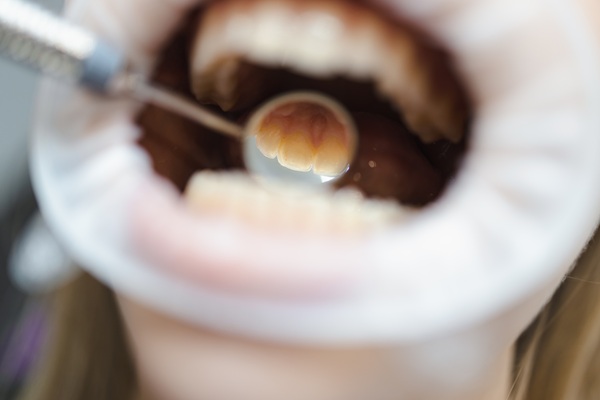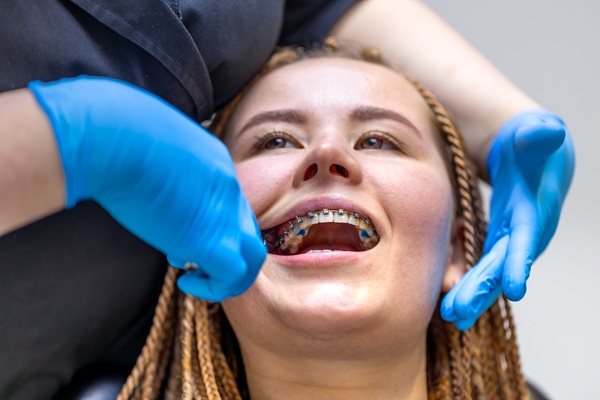Have you ever noticed rough, white, or yellowish patches near the base of your teeth that don’t go away with brushing?
That might just be calcium buildup, which is a pretty common occurrence. However, while it is considered common, it’s also something you shouldn’t ignore.
In this blog, we’ll break down what causes calcium buildup on teeth, how it can affect your oral health, and most importantly, how to prevent calcium buildup on teeth in the first place.
Let’s begin!
What Is Calcium Buildup on Teeth?
Calcium buildup is more than just a cosmetic issue. It’s often a sign that plaque, a sticky film of bacteria, is hardening into tartar (also called calculus).
This hardened material contains calcium salts from your saliva, and once it forms, it sticks stubbornly to the surface of your teeth. You’ll usually see it around the gumline, behind your front teeth, or in hard-to-reach spots where brushing and flossing don’t always get the job done.
What Causes Calcium Buildup on Teeth?
There are a few main reasons why this buildup happens:
1. Poor Oral Hygiene
When plaque isn’t removed regularly, it begins to harden. The calcium in your saliva binds with the plaque, turning it into tartar.
2. Saliva Composition
Some people naturally have more calcium in their saliva. While this helps protect teeth, it can also lead to faster calcium buildup on teeth if you don’t clean your teeth well and often.
3. Diet
Eating lots of sugary or starchy foods feeds the bacteria in your mouth, which leads to more plaque formation. Combine that with high calcium levels, and you’ve got a recipe for tartar.
4. Dry Mouth
When your mouth is dry, whether from dehydration, certain medications, or mouth breathing, there’s less saliva to wash away bacteria and food particles, making calcium deposits more likely to form.
Is Calcium Buildup Dangerous for Your Teeth?
While calcium sounds like a good thing for your teeth, once it turns into tartar, it becomes a problem.
Tartar creates a rough surface on the tooth that attracts more bacteria. Over time, this can lead to:
- Gum inflammation and gingivitis
- Receding gums
- Tooth decay
- Bad breath
- Increased risk of periodontal disease
And once tartar forms, brushing and flossing won’t remove it. You’ll need to see a dentist or dental hygienist to get rid of calcium buildup on teeth safely and effectively.
How to Prevent Calcium Buildup on Teeth
Now for the good news, calcium buildup is preventable. With the right habits and regular dental care, you can keep plaque under control and avoid tartar from forming.
Here’s how:
1. Properly Brush Your Teeth Twice a Day
Use a soft-bristled toothbrush and brush for at least two minutes, reaching all surfaces of your teeth. Angle your brush slightly toward the gumline where plaque tends to gather.
2. Use a Tartar-Control Toothpaste
Some toothpastes contain ingredients like pyrophosphates or zinc citrate, which help slow down the hardening of plaque and tartar.
3. Floss Every Day
Flossing removes food and plaque between the teeth and below the gumline, places your toothbrush can’t reach. This step is essential for preventing calcium buildup on teeth.
4. Stay Hydrated
Drinking plenty of water helps wash away food particles and bacteria. It also keeps your mouth from becoming too dry, which reduces the chance of plaque turning into tartar.
5. Watch Your Diet
Reduce your intake of sugary foods, soft drinks, and refined carbs. Eating crunchy fruits and vegetables like apples and carrots can help clean teeth naturally while stimulating saliva flow.
6. Don’t Skip Your Dental Appointments
Even with the best at-home care, plaque can still build up in hard-to-clean areas. That’s why professional dental cleanings every 6 months are so important. Your dental team has the tools to remove tartar safely.
Can You Get Rid of Calcium Buildup at Home?
Once tartar forms, brushing harder won’t help, and could even hurt your gums. DIY methods, like scrubbing with baking soda or using sharp tools, can damage your enamel and should be avoided.
If you notice rough patches or discolouration near the gumline, the best thing to do is book a check-up. A dentist or hygienist can get rid of calcium buildup on teeth using professional tools that are safe and effective.
What If You Already Have Calcium Buildup?
If you’re already dealing with calcium buildup, don’t worry, it’s common, and it can be treated.
At Bellevue Hill Dental, we use professional scale and clean treatments to remove hardened tartar without damaging your teeth. We’ll also assess your oral health and give you tips on how to prevent calcium buildup on teeth from coming back.
When to See a Dentist
Make an appointment if you notice:
- White, yellow, or brown patches near your gums
- Gums that bleed when brushing or flossing
- A rough texture on your teeth that brushing doesn’t remove
- Persistent bad breath
These could be signs that calcium buildup has turned into tartar, and the sooner you treat it, the better.
Take Control of Your Oral Health Today
If you think you might already have buildup, don’t wait. The earlier it’s treated, the easier it is to manage.
At Bellevue Hill Dental, we’re here to help you maintain a clean, healthy smile. Whether you’re due for a check-up or you’re worried about tartar or tooth discolouration, our friendly team is ready to support you.
Book your dental cleaning with us today and take the first step toward a fresher, healthier mouth.



